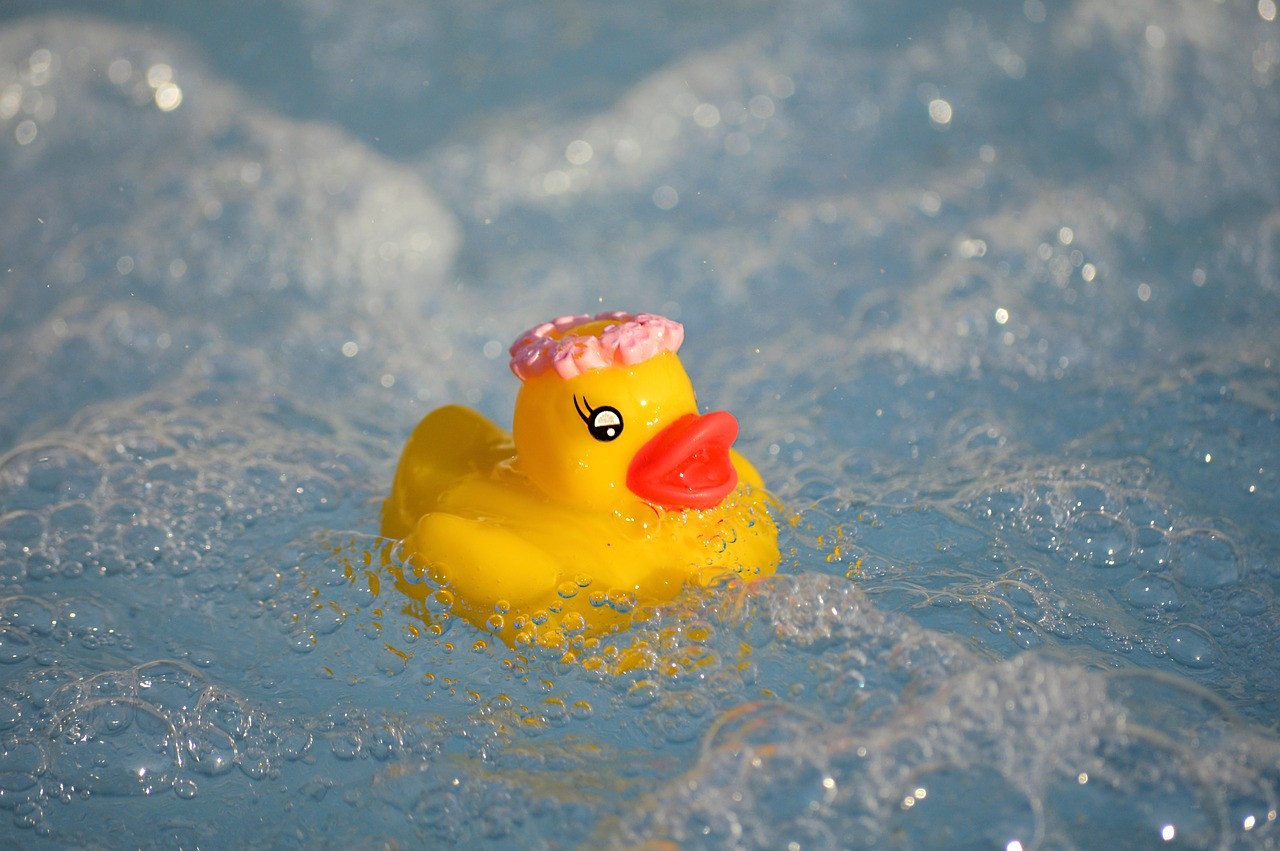July 11, 2023

Hot tubs provide a rejuvenating experience, but during hot weather, they can face a challenge known as "thermal creep." This phenomenon occurs when the external temperature exceeds the desired set temperature, causing the water in the hot tub to become warmer than intended. In this comprehensive blog post, we will explore the concept of thermal creep in hot tubs, its causes, and its effects on your soaking experience. Additionally, we will provide practical tips and strategies to effectively manage and prevent thermal creep, ensuring your hot tub remains at the optimal temperature for relaxation.
Understanding Thermal Creep
Thermal creep is a natural occurrence in well-insulated hot tubs, particularly in warmer weather conditions or when the hot tub operates for extended periods. Hot tubs are equipped with energy-efficient components and systems that capture heat generated by the equipment and transfer it back to the water. However, during hot outdoor temperatures, this heat transfer process can lead to thermal creep, where the actual water temperature exceeds the set temperature.
Effects of Thermal Creep:
Experiencing thermal creep can disrupt your hot tub experience. The water may feel uncomfortably warm or even hot, reducing the enjoyment and relaxation benefits of your soak. Additionally, prolonged exposure to elevated water temperatures can lead to overheating, dehydration, and discomfort.
Managing Thermal Creep
Tips and Strategies: To effectively manage and prevent thermal creep in your hot tub, consider implementing the following tips and strategies:
Vent your cover: Many hot tub covers have removable center seal padding. By removing this padding, you can enhance heat dissipation and prevent excessive heat buildup. If your cover lacks removable padding, place a folded cloth about ¾" (2cm) thick under all four corners of the cover before locking it down. Opening the cover at night can also help quickly cool the water if desired.
Open air controls: Hot tubs are equipped with air controls that regulate the flow of air into the water jets. Opening these controls allows more cool air to mix with the heated water, helping to lower the overall temperature.
Adjust filtration cycles: Set your filtration cycles to run during cooler times of the day or at night. This allows the hot tub to circulate and filter the water without adding additional heat from the equipment.
Reduce filter cycle length: Shortening the duration of your filter cycles can limit the exposure of the water to the hot tub's heating elements, helping to prevent excessive temperature rise.
Seek professional guidance: If thermal creep persists despite your efforts, consult your local hot tub retailer. They can provide additional guidance and support in managing this issue effectively.
Conclusion
Thermal creep is a common challenge faced by hot tub owners during hot weather conditions. By understanding its causes and effects, and implementing the practical tips and strategies outlined in this blog post, you can successfully manage and prevent thermal creep in your hot tub. Remember, thermal creep is not indicative of any equipment malfunction but rather a natural consequence of well-insulated hot tubs. With proper heat management techniques, you can maintain the optimal temperature for an enjoyable and relaxing hot tub experience throughout the year.
